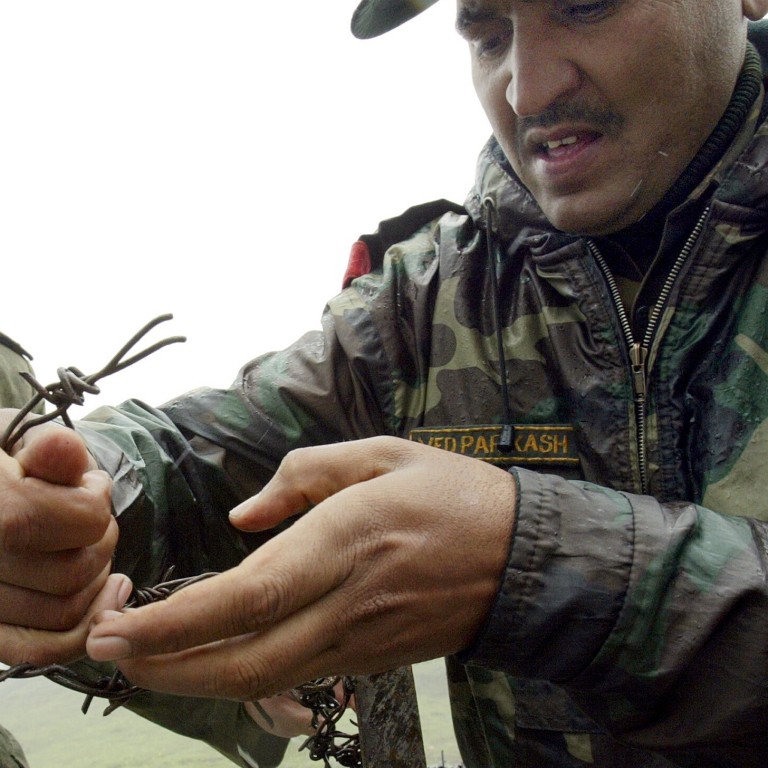
China and India move more troops to disputed border in Ladakh region as tensions build
- About 5,000 soldiers, as well as additional vehicles and arms, have been deployed by both countries, continuing the build-up of forces
- Diplomats have begun talks after negotiations between Indian and Chinese military officials on May 22-23 brought no results
China on their mind: why the India-Nepal border has become a flashpoint
Beijing was committed to safeguarding peace and stability in the border areas, Foreign Ministry spokesperson Zhao Lijian said in a regular briefing to the media on Wednesday, noting the two countries had good border-related mechanisms and communications channels.
“We have been following the important consensus reached by the two leaders and strictly observing the agreements between the two countries,” Zhao said. “We are capable of resolving these related issues properly through dialogue and consultation.”
Sun Weidong, China’s ambassador to India, on Wednesday remained hopeful of a diplomatic resolution and highlighted the countries’ joint effort to fight coronavirus.
“China and India are fighting together against Covid-19, and we have an important task to consolidate relations,” he said, according to reports in Indian media. “Our youth should realise the relation between China and India, the two countries are opportunities for each other and pose no threat.
“We should never let differences overshadow our relations. We should resolve differences through communication.”
“Talks are on at various levels to resolve the issue,” said SL Naramsimhan, member of India’s National Security Advisory Board, which advises the prime minister’s office. “India will defend its sovereignty and territorial integrity and at the same time make all efforts to maintain peace and tranquillity along the India-China boundary.”
Modi ramps up plan to reduce India’s dependence on China with new ‘self-reliant’ campaign
China’s actions along the border coincide with its attempts to consolidate political and strategic positions across Asia.
Under Modi, India has been building border infrastructure, which it says isn’t aimed at any particular country, but rather the development of remote areas. It has completed 74 strategic roads along the eastern border, with plans afoot to finish 20 more by next year.
Will Narendra Modi’s snub of Xi Jinping’s belt and road derail China-India ties?
“The Chinese have been expanding presence in this region for a long time, yet after all these decades, India hasn’t found a way to deal with China’s gradual expansion,” said Phunchok Stobdan, former Indian diplomat and author of the Great Game in the Buddhist Himalayas. “The issue is why is China doing this and why now?”

